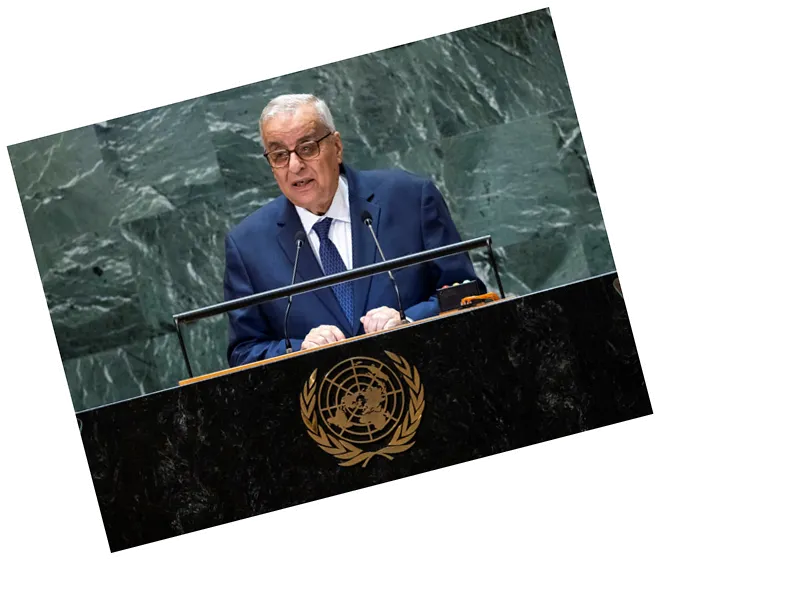The ceasefire agreement represents a significant shift in the Israel-Hezbollah conflict, with implications for regional stability.
The involvement of the United States in the ceasefire negotiations may lead to a more enforceable agreement compared to past resolutions.
Hezbollah's military and political weakening could alter the balance of power in Lebanon and the broader region.
The ceasefire may lead to a temporary reduction in hostilities, but underlying tensions between Israel and Hezbollah are likely to persist.
Increased American involvement could result in more stringent enforcement of the ceasefire terms, impacting Hezbollah's operations.
Future negotiations involving Hamas and regional players like Saudi Arabia may emerge as a response to the current ceasefire.
Ceasefire Agreement: A New Chapter in Israel-Hezbollah Relations
On November 26, 2024, Israeli Prime Minister Benjamin Netanyahu announced a ceasefire agreement between Israel and Hezbollah, following two months of intense conflict that erupted in late September. The ceasefire, which was approved by the Israeli security cabinet, comes after significant military engagements along the northern border, marking a strategic moment in the ongoing tensions between the two parties.
The agreement, brokered by the United States, outlines a sixty-day truce and mandates the withdrawal of Hezbollah fighters from the area between the Litani River and the Israeli border. This area will see the deployment of the Lebanese army and UN peacekeepers, known as the Blue Helmets, in an effort to stabilize the region and prevent further hostilities. The ceasefire is reminiscent of UN Resolution 1701, which aimed to end the Second Lebanon War in 2006, but with key differences that may enhance its implementation.
Implications of the Ceasefire for Hezbollah and Israel
While the ceasefire is seen as a tactical victory for Israel, it does not signify a complete defeat for Hezbollah. The militant group remains intact, albeit significantly weakened both militarily and politically due to recent Israeli operations. The loss of leadership and thousands of fighters, along with damage to its missile capabilities, has diminished Hezbollah's influence in the region, particularly in the context of Iranian support.
Despite the ceasefire, analysts caution that the agreement's success hinges on the interests of both parties. Netanyahu's government has expressed a desire to focus on the Iranian threat, replenish IDF resources, and isolate Hamas in Gaza. However, the effectiveness of the Lebanese army in confronting Hezbollah remains uncertain, raising questions about the long-term stability of the ceasefire.
The involvement of the United States, particularly under the leadership of Donald Trump, is expected to bring a more robust oversight mechanism compared to previous agreements. This could lead to a more effective enforcement of the ceasefire terms, provided that both Israel and Hezbollah maintain a vested interest in its success.
As the situation evolves, the potential for a broader regional peace agreement, including a deal involving Hamas and a historic accord with Saudi Arabia, could reshape the dynamics in the Middle East. However, the path forward remains fraught with challenges, and the future of the ceasefire will depend on the political will of both sides.






